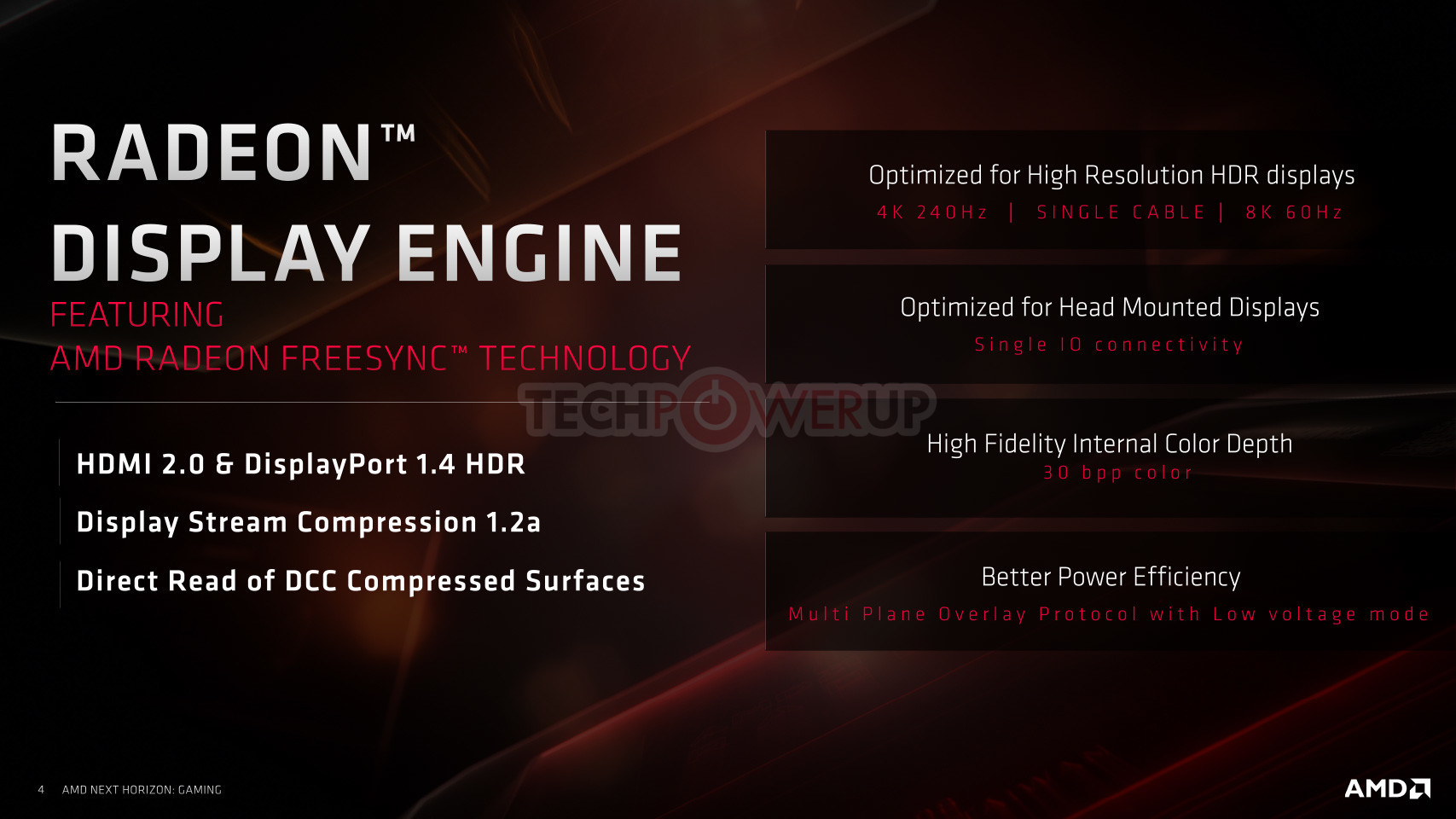Originally posted by F.Ultra
View Post
Who says you can't hook it up to 4K monitor or TV and watch a movie on it ?
I honestly don't buy GPUs just for games.
I want to be able to watch movies with them with the latest quality features turned on like HDR (High dynamic range) and HFR (High frame rate).
Also I want in the future to buy a 4K@120Hz or more when they will become available.
Why should I need a new GPU just for this just because they chose the cheaper path of putting a very old version of the HDMI instead of a somwhat newer one?




Comment